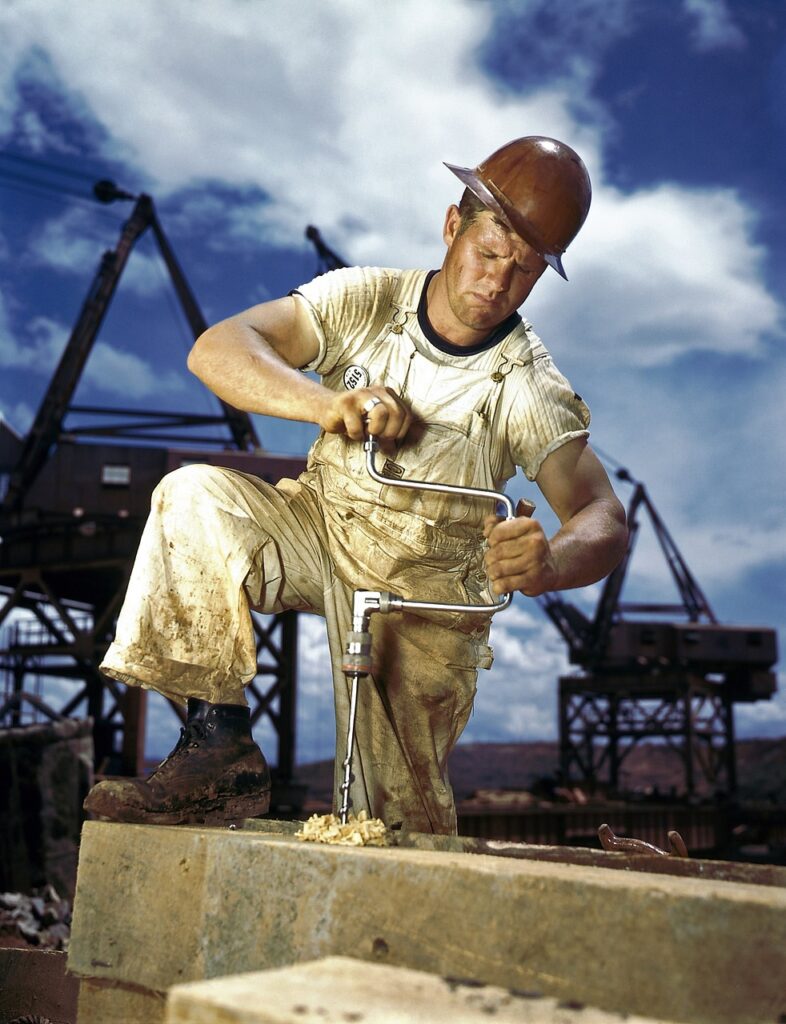Installing rain gutters requires specific tools to ensure accuracy, durability, and safety. Essential tools include a ladder, measuring tape, tin snips, a drill, sealant, and a level. These tools help measure, cut, secure, and seal the gutters properly.
Many prefer additional equipment like a chalk line for straight edges and a rivet gun for fastening. Having the right tools simplifies the process and reduces mistakes.
Understanding which tools are necessary lets installers work efficiently and produce a reliable gutter system. This knowledge is key for anyone looking to handle gutter installation with confidence.
Essential Rain Gutter Installation Tools
Proper rain gutter installation tools requires specific materials to fit, measure, cut, and secure the gutters. The right tools ensure accuracy and durability throughout the process.
Gutter Sections and Connectors
Gutter sections are the primary components that collect and direct water. They come in various materials, including aluminum, vinyl, and steel, which influence weight and durability. Straight sections usually measure 10 to 20 feet, customizable for roof length.
Connectors join multiple gutter sections and include internal and external corners. They must fit tightly to prevent leaks. Sealants often complement connectors to enhance watertightness. Proper alignment is crucial here to maintain consistent water flow.
Measuring and Marking Tools
Accurate measurement is essential for gutter installation. A tape measure with a locking feature is preferred to get exact lengths. Chalk lines help mark straight cutting and installation points over longer distances.
A carpenter’s pencil or waterproof marker is used for clear, lasting marks on gutters or fascia. These tools assist in positioning hangers, downspouts, and seams accurately, minimizing waste and installation errors.
Cutting Tools for Gutters
Tin snips or aviation snips are common for cutting lightweight gutter materials like aluminum and vinyl. They allow precise, clean cuts without deforming the metal.
For thicker metals, a power saw with a metal-cutting blade or a multi-tool with a cutting attachment can increase efficiency. Deburring tools or files smooth cut edges to prevent water leakage and injury during installation.
Fasteners and Screws
Fasteners secure gutters to the roofline and fascia. Specialized gutter screws with neoprene washers prevent leaks where screws penetrate the gutter.
Galvanized or stainless steel screws resist rusting in wet environments. Typically, screws measuring 1 to 1.5 inches provide adequate hold without damaging the gutter. Proper fastening spacing, usually every 24 inches, ensures stability under water load and wind pressure.
Specialized Equipment and Safety Gear
Proper installation requires precise tools tailored for joint sealing, secure access, and personal protection. Each category addresses specific challenges encountered while working on gutters, improving both effectiveness and safety.
Gutter Sealants and Adhesives
Sealants and adhesives are critical for ensuring leak-proof joints and corners. Silicone-based sealants offer flexibility and strong adhesion, resisting weather and UV exposure.
Polyurethane adhesives provide durable bonding, particularly for metal gutters. They cure quickly and maintain mechanical strength under varying temperatures.
Application tools like caulking guns help control sealant flow, allowing precise placement. Clean the surfaces thoroughly before application to ensure a lasting seal.
Ladders and Stabilizers
Using the right ladder type is essential for safe gutter access. Extension ladders typically reach heights of 16 to 24 feet, suitable for one- or two-story homes.
Stabilizers attach to ladders, increasing stability on uneven ground and preventing damage to gutters. They distribute ladder pressure evenly.
Before climbing, check ladder locks and ensure the ladder rests on firm, level surfaces. Following the proper angle, approximately 75 degrees, improves safety.
Personal Protective Equipment
PPE reduces injury risks during gutter work. Gloves with cut resistance protect hands from sharp metal edges and rough surfaces.
Safety glasses shield eyes from debris like metal shards and dirt. Hard hats are advisable when working near overhead hazards or falling objects.
Non-slip boots provide solid footing on ladders and roofs, reducing fall risks. Wearing PPE consistently is necessary for professional-standard safety compliance.
